Plumbers Accidentally Find Hidden Time Capsule Exposing Important Parts of American History
Leaving mementos for unborn generations has always been a part of human history. However, creating time capsules to preserve such items is only a few centuries old. But what are the odds of accidentally finding a time capsule that was left by the founding fathers of American democracy?
This story is about the accidental discovery of some historical items that turned out to be integral to the constitutional entity called the United States. Let’s walk through the activities involved in the discovery of this buried treasure.
Discovering the World’s Oldest Time Capsule
In 2014, plumbers were doing routine maintenance when they happened upon on a vital time capsule. The vessel in question contained items that reflect the history of America.

Source: Nara & Dvids Public Domain Archive
But what is a time capsule? It’s simply a container designed to store some select items. The idea is to protect the objects from the environment so it can be found intact by future generations.
Time For Some Background Story
This discovery wasn’t just any time capsule—there were objects linking the container to two of America’s founding fathers. The two individuals are Paul Revere and Sam Adams, both of whom played a prominent role in America’s Declaration of Independence.

Source: Wikimedia Commons
There were many questions about the time capsule and its contents. So, Michael Comeau, the director of the Massachusetts Archives, had to intervene. It was through his help that we could unravel the significance of the discovered items.
The Oldest Among Many Time Capsules
Time capsules have been discovered in various parts of the world. But many of them were from the 19th century and after.
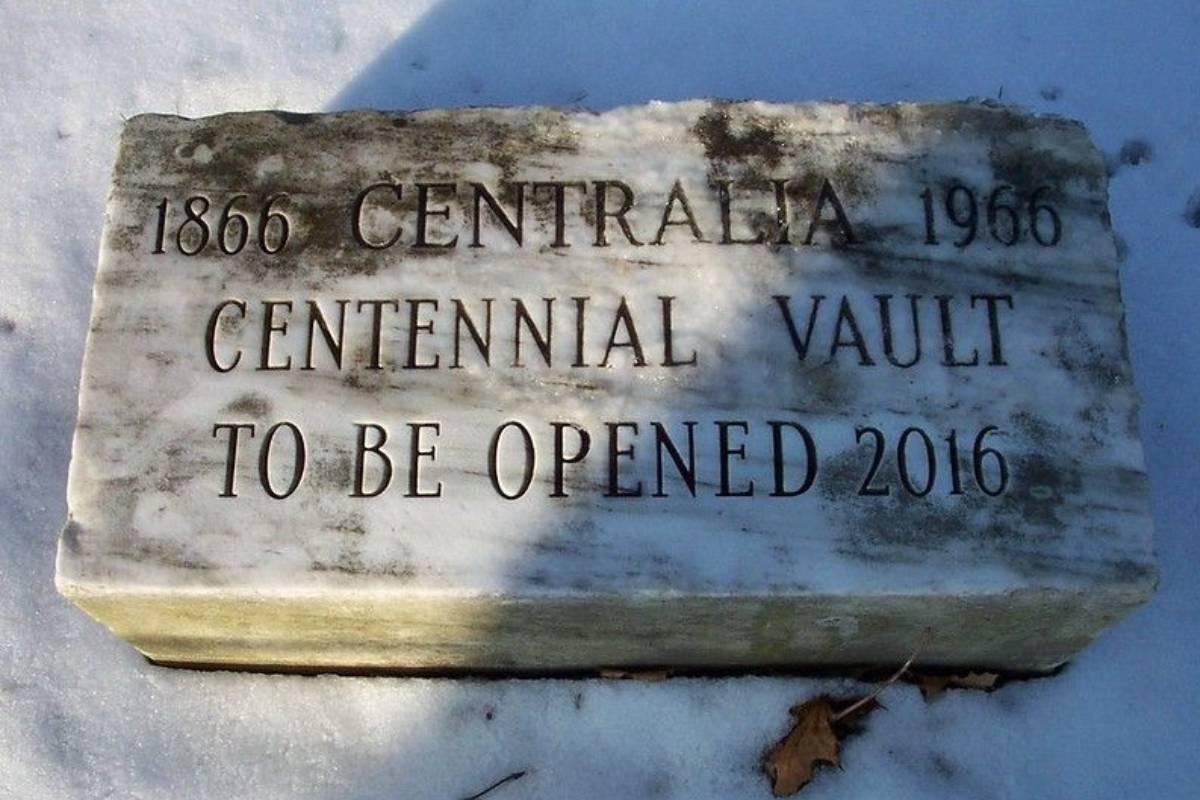
Source: Dennis/Flickr
However, the Massachusetts time capsule had been stored away since before the 1800s. Individuals that pioneered the course of American independence were involved in leaving this historic memento.
What's the Point of Making A Time Capsule?
Many archaeologists walk into prehistoric caves today and gaze at the wall drawings. There was nothing to those drawings back when they were created. However, they’re historic hundreds of years later.
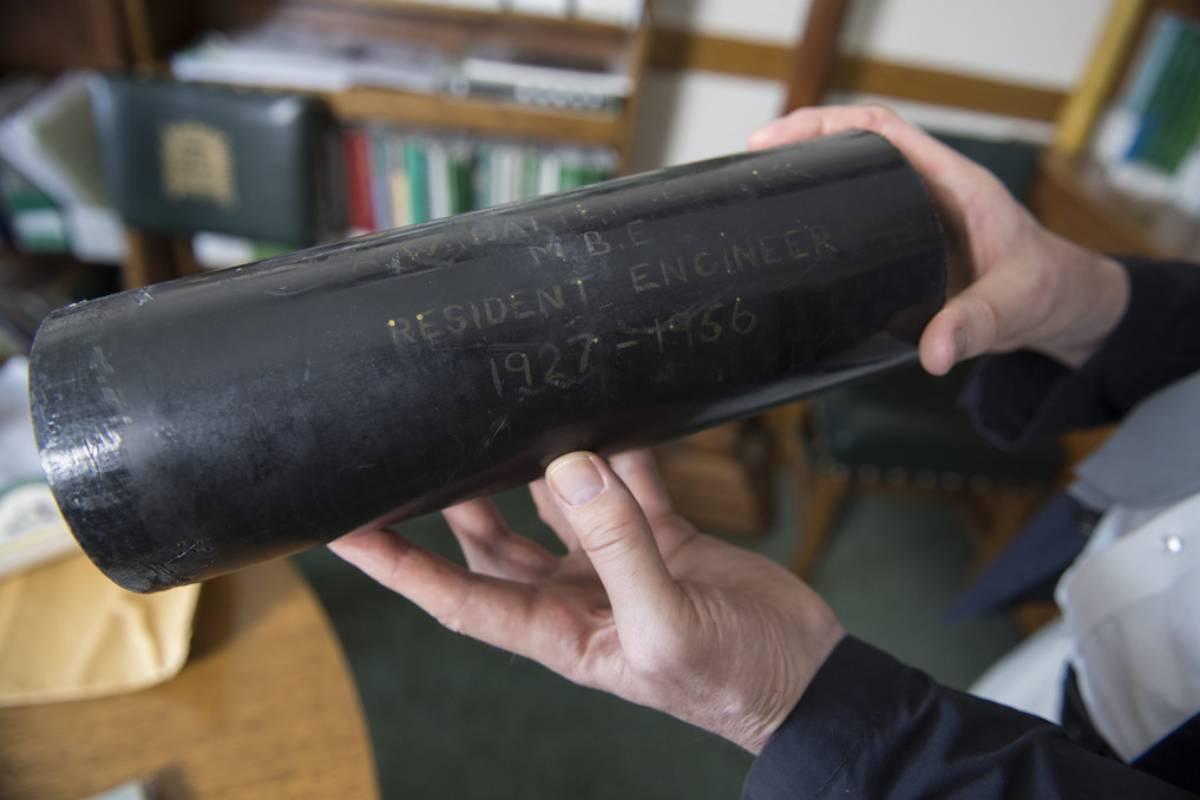
Source: Jessica Taylor/Flickr
Time capsules are usually designed to contain ephemera of the historical period. After decades or centuries of being stored away, the capsule conveys the history and culture of that era to posterity.
A Strategic Burial Site
Remember the plumbers mentioned earlier? They discovered the said time capsule in a public building, The Massachusetts State House.
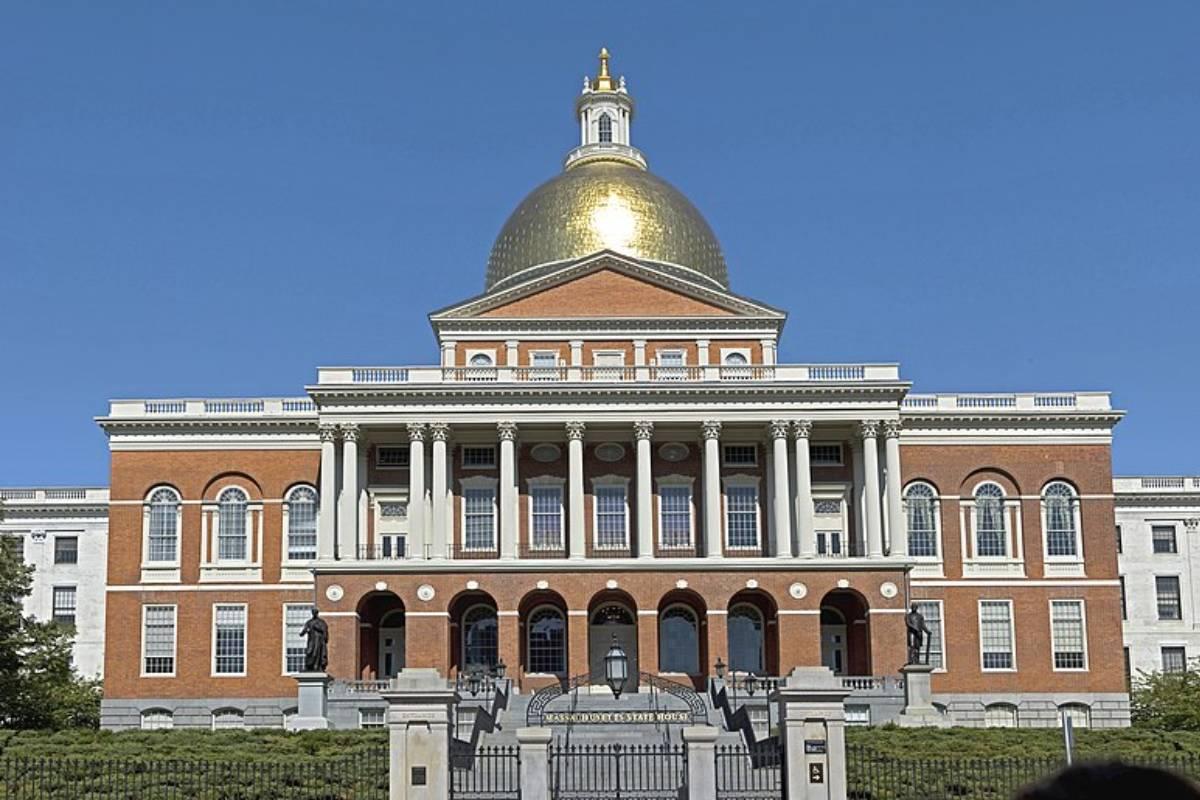
Source: Wikimedia Commons
The Massachusetts State House is one you couldn’t miss if you wanted to. Its golden dome is a testament to the heritage that surrounds its existence. The time capsule was found tucked into a cornerstone of the State House. The capsule was planted during the building’s construction over a century ago.
You Can Never Get It Wrong By Referencing the History Books
Records detailing the construction of the Massachusetts State House were consulted. Interestingly, they learned that this was the second time that very same capsule was discovered.
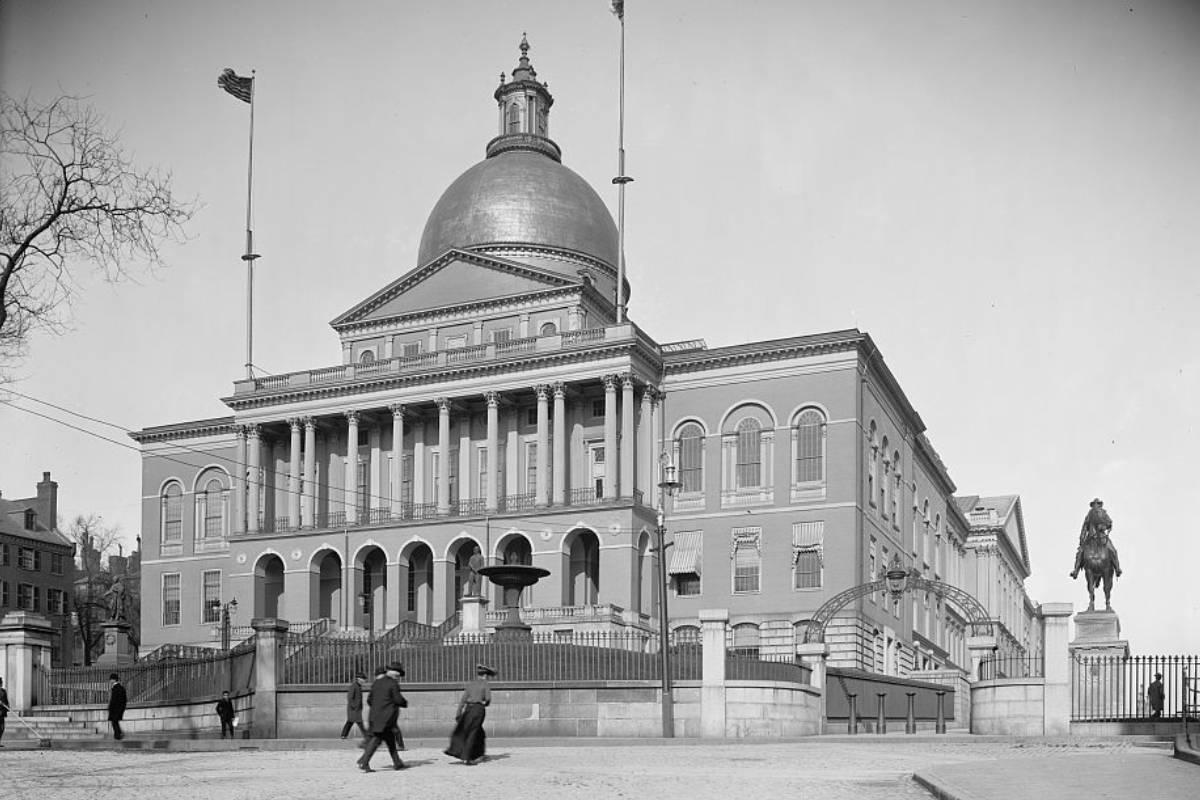
Source: Picryl
The first time was in 1855, sixty years after the building was constructed. The sitting governor at the time, Winslow Harley, did what anyone would do when the unmarked grave of a notable person was unintentionally stirred—restore it to its resting state.
A Ceremony for a Reburial
The 1855 discovery was made by construction workers. So, governor Harley held a ceremony and reburied the still-young capsule.
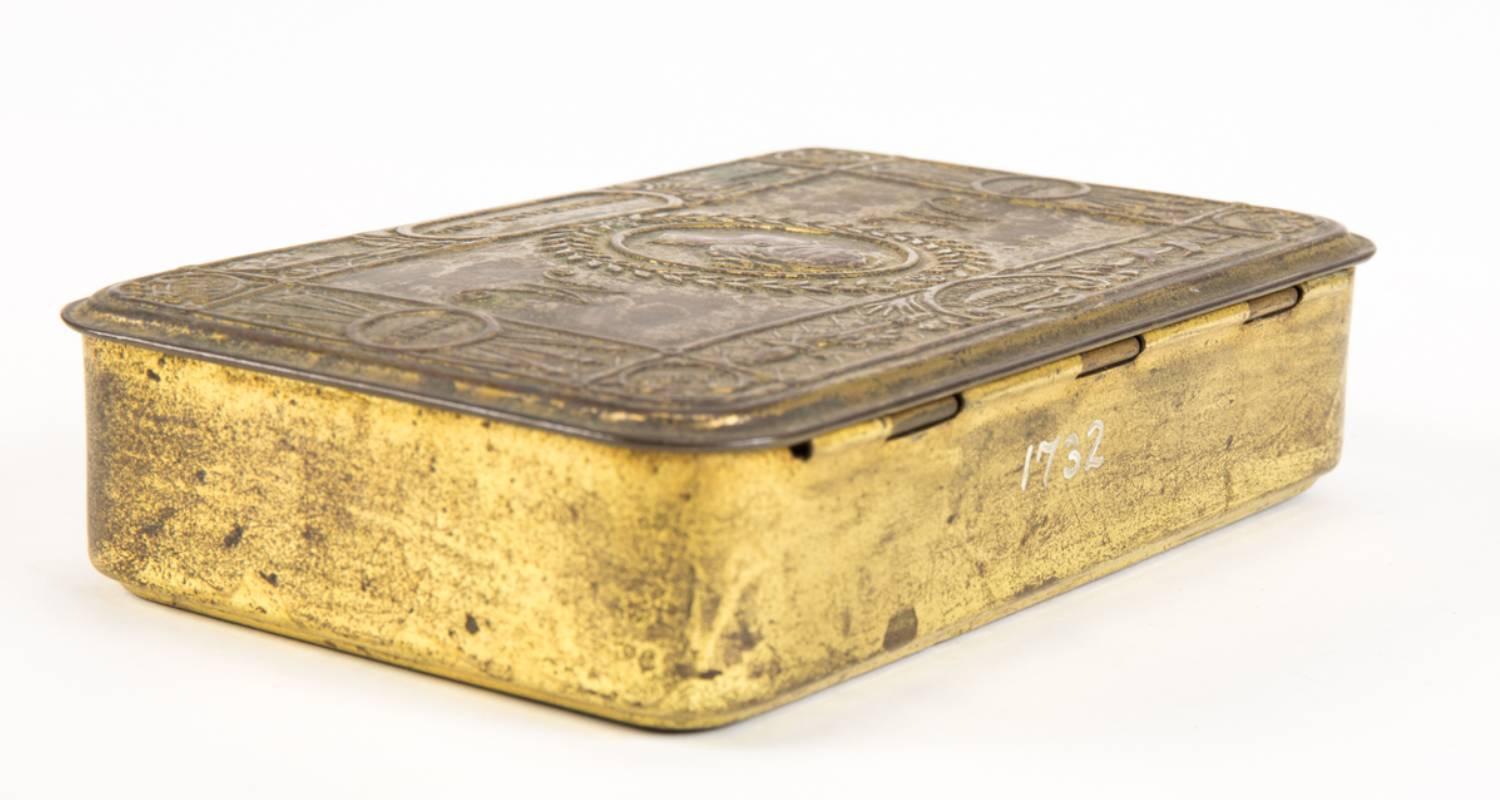
Source: Wikimedia Commons
To protect the content of the time capsule, Governor Harley made a stronger brass box. This was responsible for protecting the content until its rediscovery in 2014.
Resting 159 Years in a Corner
It was the morning of December 11th, 2014. Plumbers had to unearth some piping and run some routine maintenance at the Massachusetts State House.
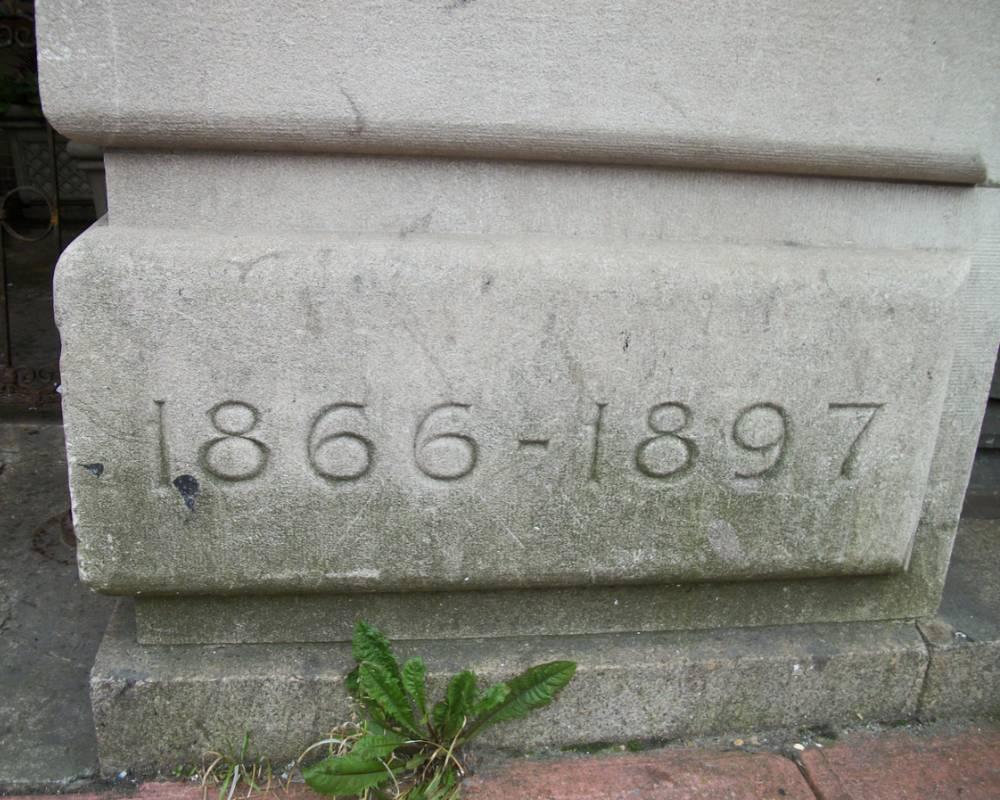
Source: Wikimedia Commons
The time capsule remained undisturbed for 159 years in one of the building’s cornerstones. When it was discovered, no one knew its contents. But they knew they had to extract it with care to avoid damage. So, they decided to get a historical materials expert involved.
Consulting the Right Specialist
Pam Hatchfield was the Head of Objects Conservation at the Boston’s Museum of Fine Arts at the time. When her office phone rang that morning, Hatchfield couldn’t have imagined she was about to become a celebrity.
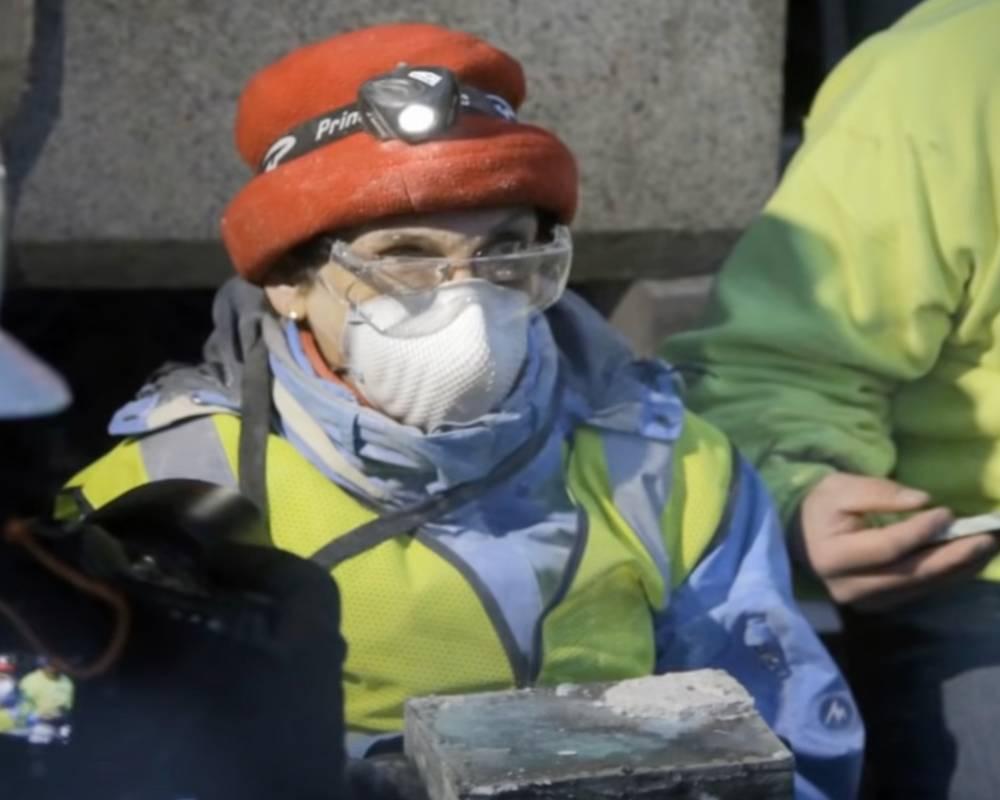
Source: USA Today/YouTube
The workers informed her about the discovery of the time capsule at the state house. Hatchfield thought it would be another regular day of object examination, documentation, and authentication. However, the unique extraction would take the team several hours.
Removing the Long-Rested Time Capsule
After Hatchfield and her team arrived at the location, everyone looked on eagerly to see what they were about to do. Hatchfield’s team consisted of riggers who assisted with extracting the cornerstone.
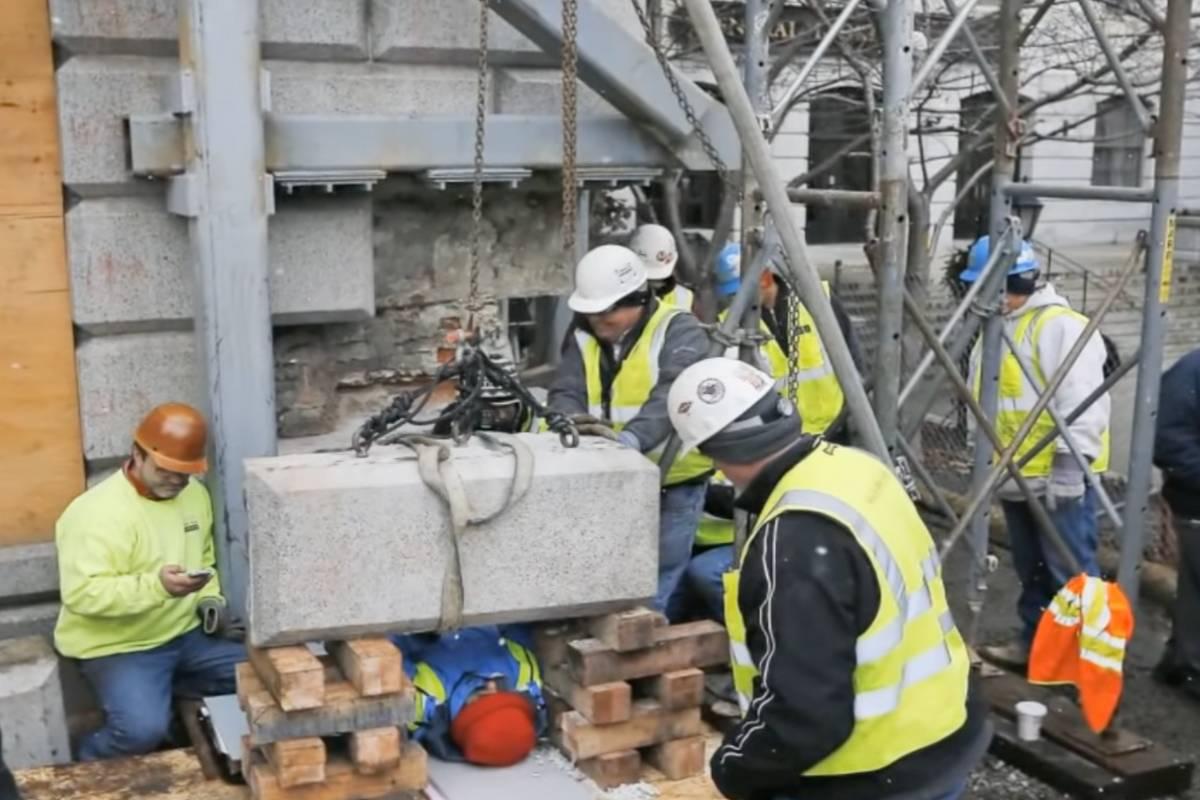
Source: USA Today/YouTube
She then slid underneath the large slab of suspended stone. This gave her space to carefully chisel away at the old and rusty brass box. Seven hours later, the box was lying in Hatchfield’s palm, and onlookers excitedly took pictures.
Obvious Clues from the Get-Go
Right then and there at the extraction site, Hatchfield could already tell she had happened upon something historic.

Source: USA Today/YouTube
During the removal, the box had fallen into her hands. Seated right on top, she found a couple of old coins. Hatchfield would later learn that those coins were placed there by Governor Harley during the 1855 reburial. The coins are said to be a good luck charm for the time capsule.
Extraction Down, Examination and Documentation Next
December 11th, 2014 was a physically exerting day for Hatchfield and her team. After retrieving the time capsule, everyone retired for the day, and the vessel was safely stored away at Boston’s Museum of Fine Arts.
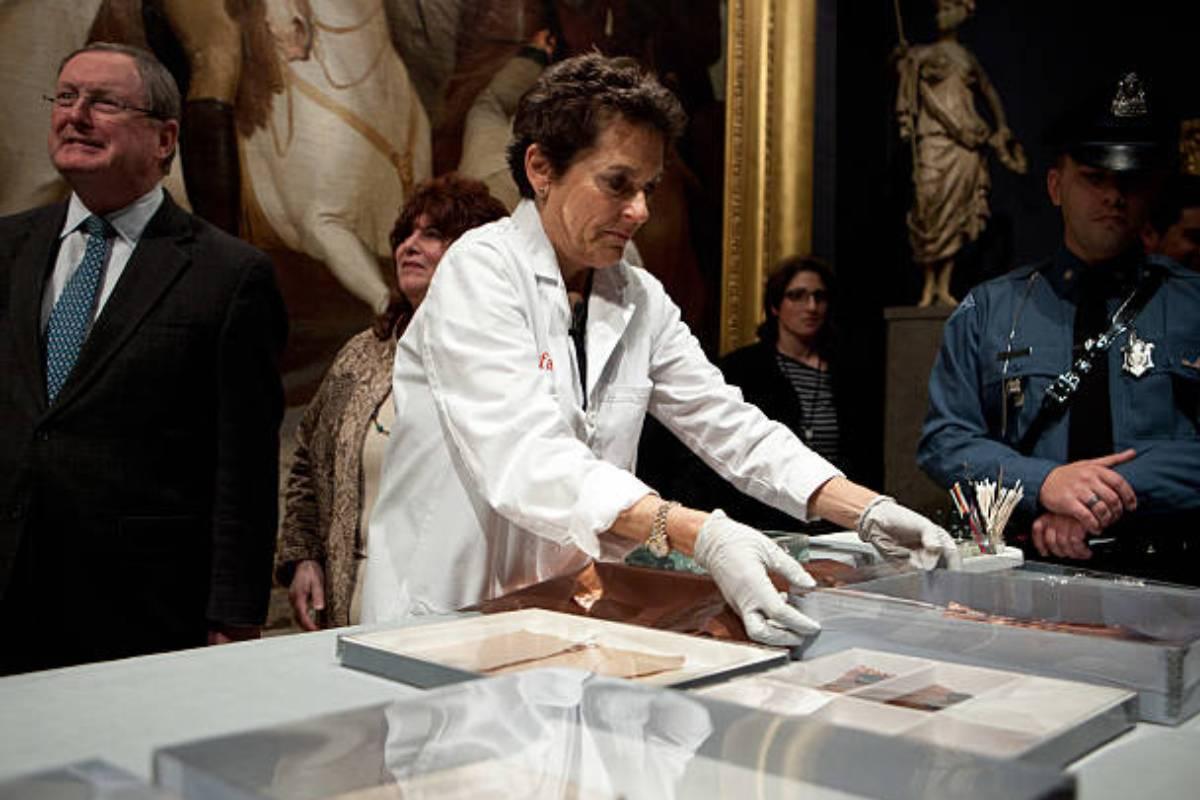
Source: Getty Images
Unboxing the time capsule was a whole different ball game. It took time, and the contents required careful handling. The team didn’t rush, despite everyone being eager to know what the old brass box contained.
Boxing Day Arrived Early
Hatchfield didn’t have to wait till December 26th to unbox this gift from the 18th century. She was all excited, like a toddler getting to open their first Christmas gift.
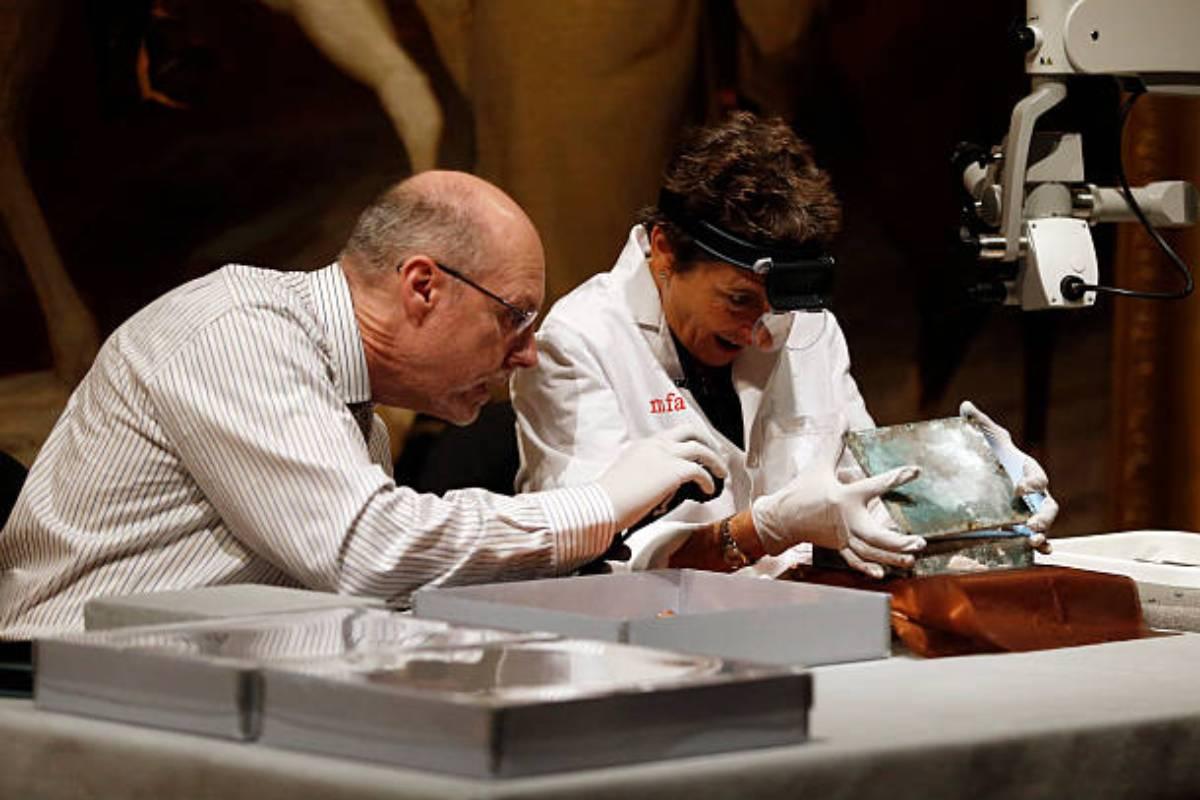
Source: Getty Images
Using a set of precision tools, the historian pried open the thick brass box to reveal its content. While it was a job for a specialist, there were quite a number of dignitaries watching the unboxing in Hatchfield’s lab.
Ending the Mystery
The news had spread, and the unboxing was nothing short of a ceremony in itself. After opening the box, a number of interesting objects stared back at her. The items were quite familiar, albeit very old.
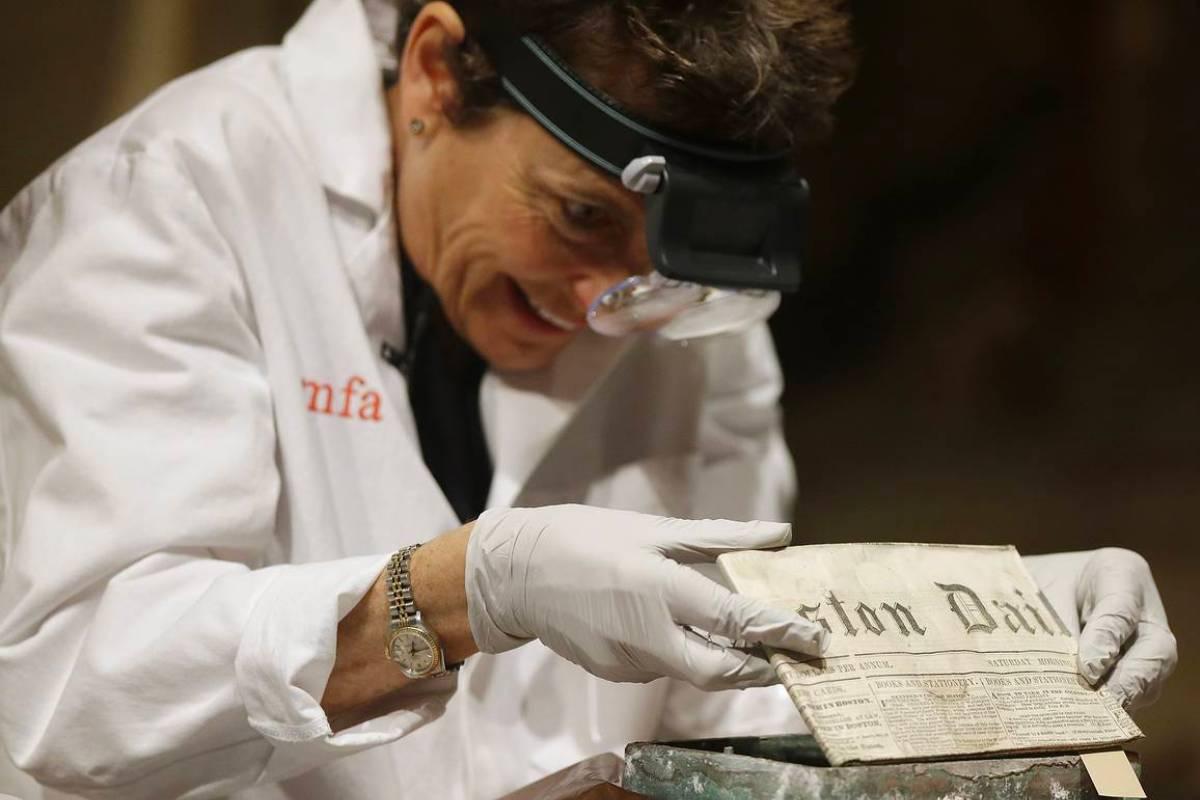
Source: USA Today/YouTube
The first noticeable item in the box was five pieces of neatly folded newspaper. The newspaper clippings were from the Boston Daily Traveler and Boston Bee. All the articles had been published in the mid-19th century.
A Pageant of Coins
Also held in the time capsule was an array of coins predating American independence. There were several dignitaries present at the capsule’s unboxing. One of them was Michael Comeau, the executive director of the Massachusetts Archives.

Source: Getty Images
Comeau has his fair share of familiarity with historic American antiques. As a result, though very old, he was able to easily identify all the coins in the box. But there was one coin that stood out to him among the 24 pieces found in the capsule.
A Pre-Independence Civilization in Massachusetts
With the help of a chief historian from the History Channel, Comeau was able to identify the pine tree shilling. There was just one of these exquisite coins in the 24 lot.
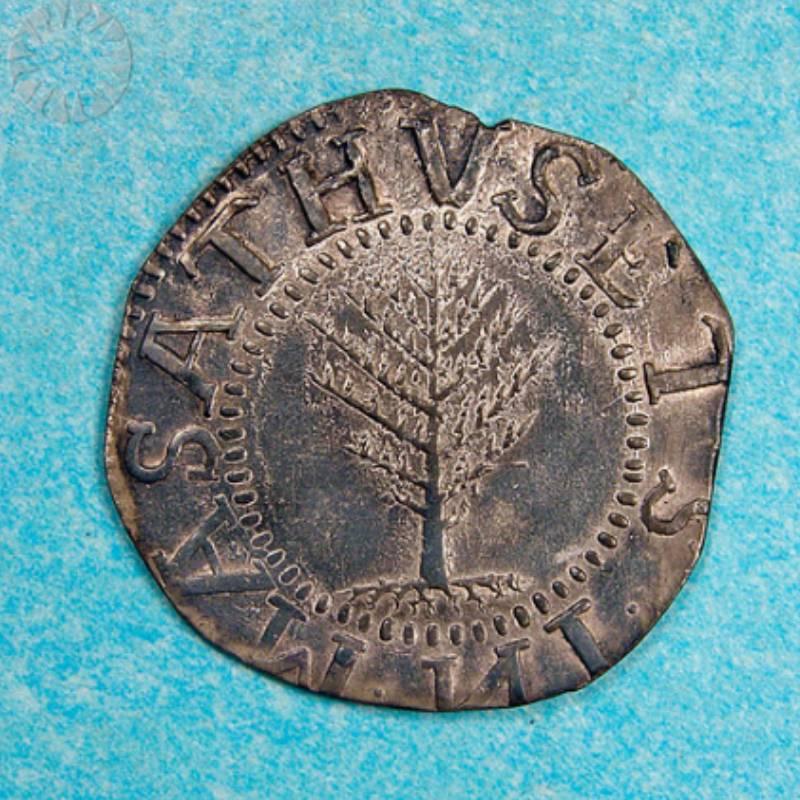
Source: Public Resource/Flickr
The pine tree shilling is a coin from 1652, used as a currency in the Massachusetts Bay Colony. This was long before the arrival of emissaries of the King of England in America. By implication, the Massachusetts region had a thriving economy long before independence.
Medals and Colonial Records
There were other notable items in the box beyond coins and newspaper clippings. For one, there were colonial records highlighting trade transactions and what looked like minutes from a meeting. Some of these records date back to the early 17th century.
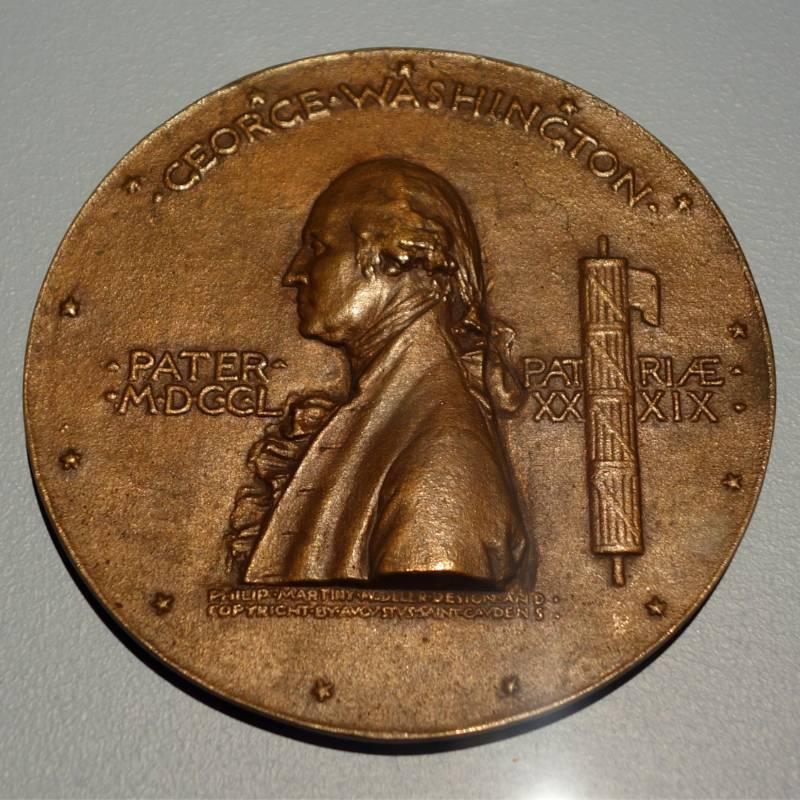
Source: Wikimedia Commons
There was also a copper medal with an engraving of George Washington’s face. Finally, there was a paper seal which Comeau was also able to identify. It was the seal of the Commonwealth of Massachusetts.
The Key to the Massachusett Time Capsule Puzzle
The motive for hiding a time capsule in the cornerstone of a Boston public structure was not clear. However, there was a particular object that strung the clues together.

Source: Getty Images
While separating and identifying the items in the box, Hatchfield found a silver plate. The plate had inscriptions naming some notable individuals. Hatchfield was kind enough to read the plate’s text aloud to everyone in the room.
A Note From the Founding Fathers
Here is the text of the inscription found on the silver plate found in the time capsule:
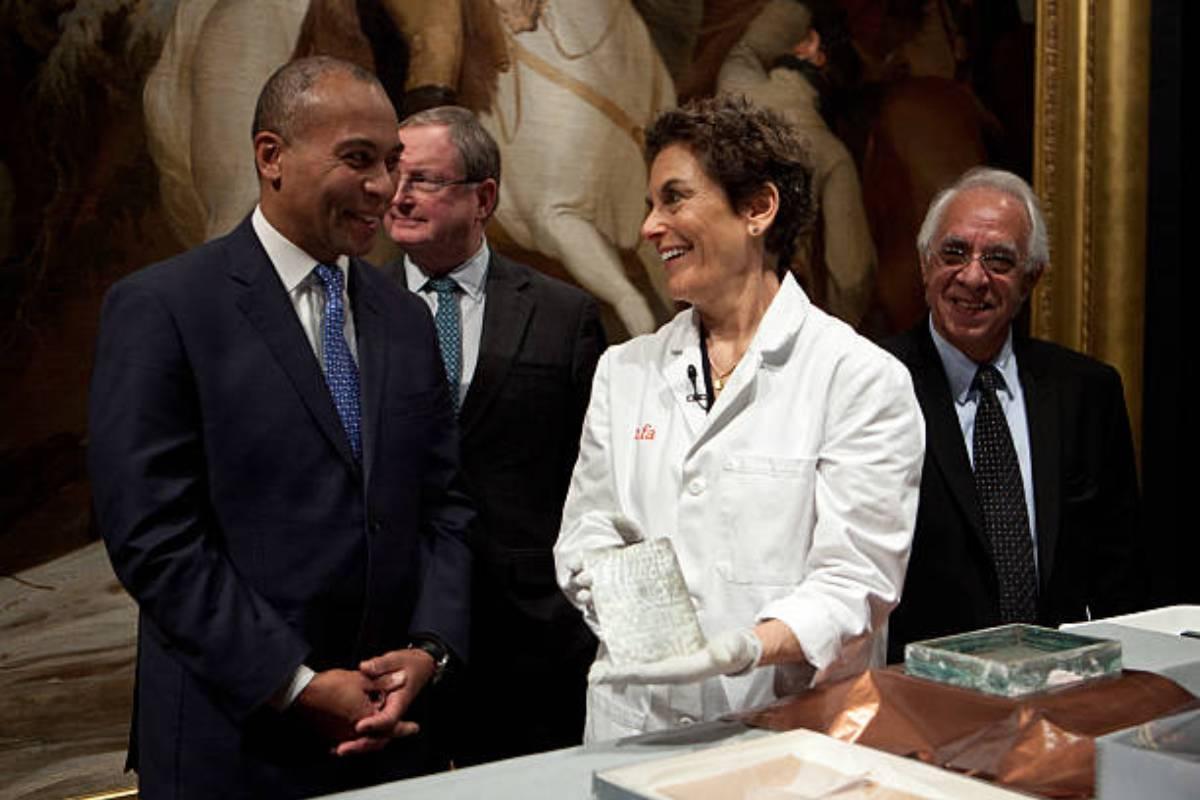
Source: Getty Images
“This cornerstone of a building intended for the use of the legislative and executive branches of government of the Commonwealth of Massachusetts was laid by his Excellency Samuel Adams Esquire, governor of the said commonwealth, assisted by the most worshipful Paul Revere, grandmaster, and the right worshipful William Sculley, deputy grandmaster.”
All Featured Names Ring the Bells of Freedom
Paul Revere, William Sculley, and Samuel Adams all played symbolic roles in securing American independence. And as the text reveals, Adams was the governor of the Commonwealth of Massachusetts at the time.

Source: Wikimedia Commons
Also, anyone who familiar with freemasonry would understand from the text that the three named individuals were likely members of a Masonic lodge.
A Patriotic Act With Masonic Compatriots
According to Michael Comeau, the text reveals that planting the time capsule in the building’s cornerstone was part of a Masonic ceremony.
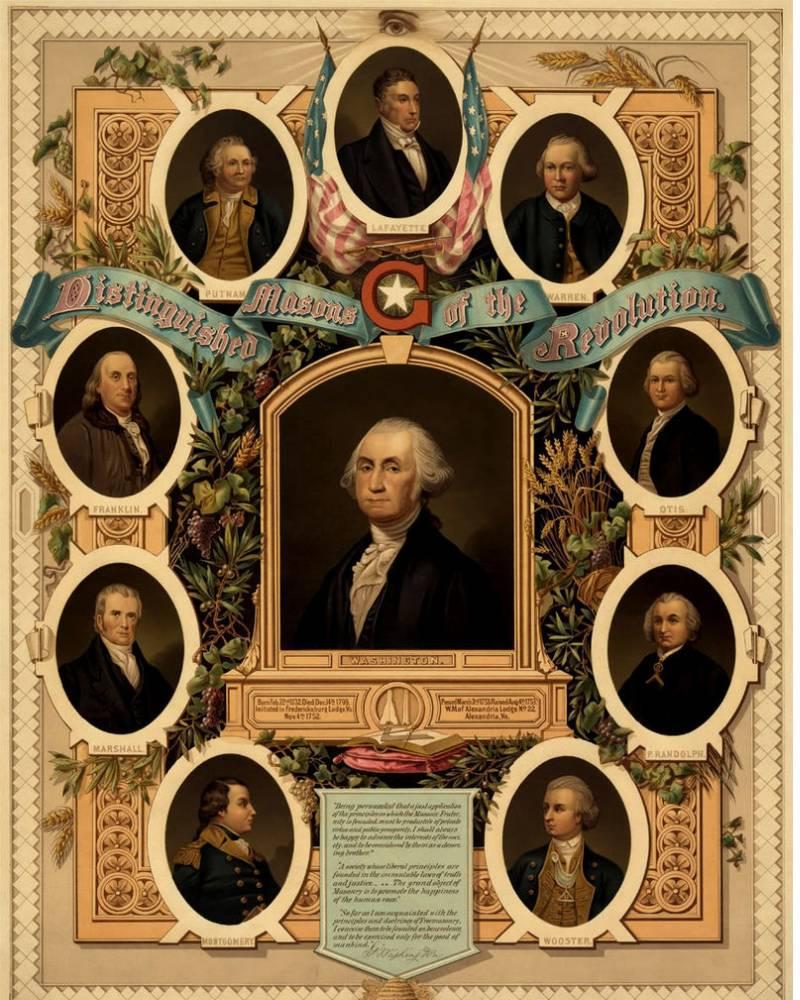
Source: Wikimedia Commons
Samuel Adams was the governor of the Commonwealth. He thought it necessary to build a state house. Since he was a Freemason, it was only right to invite Paul Revere, the grandmaster of the Masonic Grand Lodge in Massachusetts. Revere would grace the occasion in the company of William Sculley.
Connections Between the Stone Laying and Independence
Comeau was fast to observe a detail that had not been noticed before. The cornerstone was laid on July 4th, 1795. This was the twentieth anniversary of America’s Declaration of Independence.
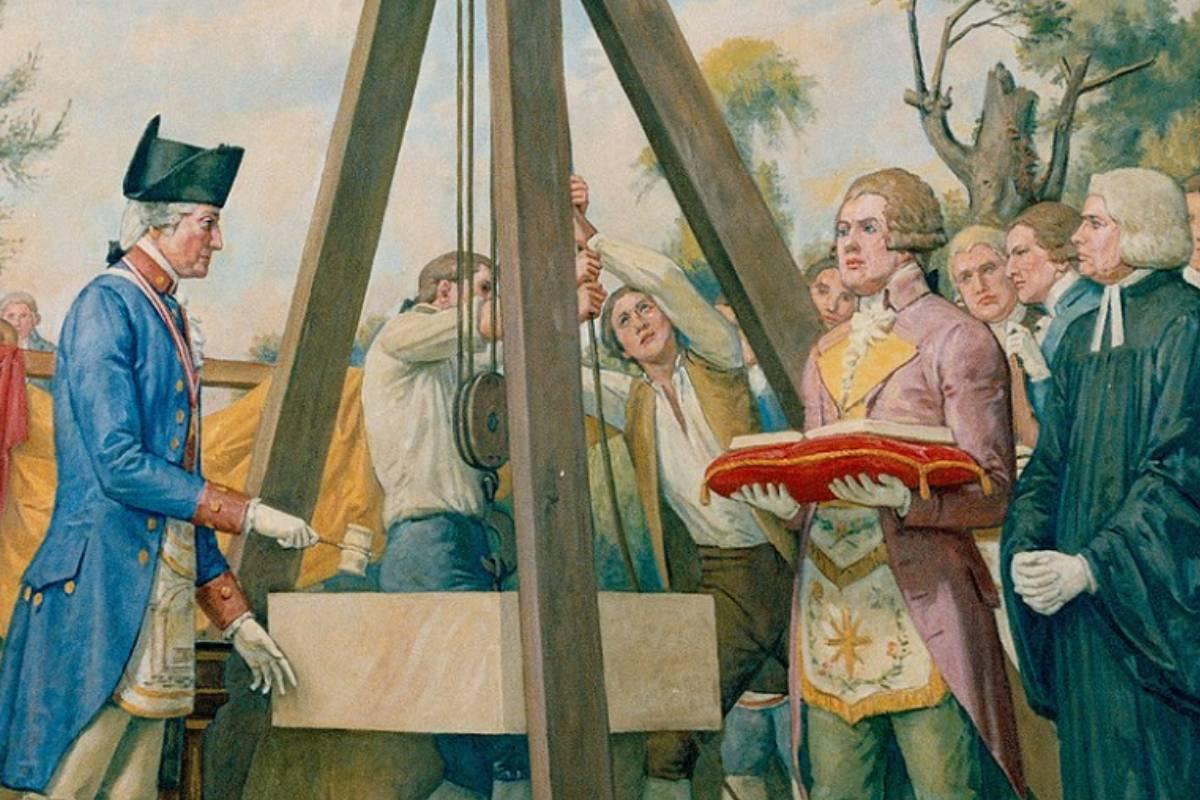
Source: Wikipedia
According to history experts, Adams and Revere saw the anniversary of independence as a significant milestone. Anticipating the greatness of the nation, they decided to send a message into the future. They did this probably to help unborn generations understand the foundation of American democracy.
Leaving a Mark in the Sands of Time
The men identified as responsible for planting the time capsule were men of action. For one, Samuel Adams was one of the Founding Fathers, and was an important figure in early American politics.
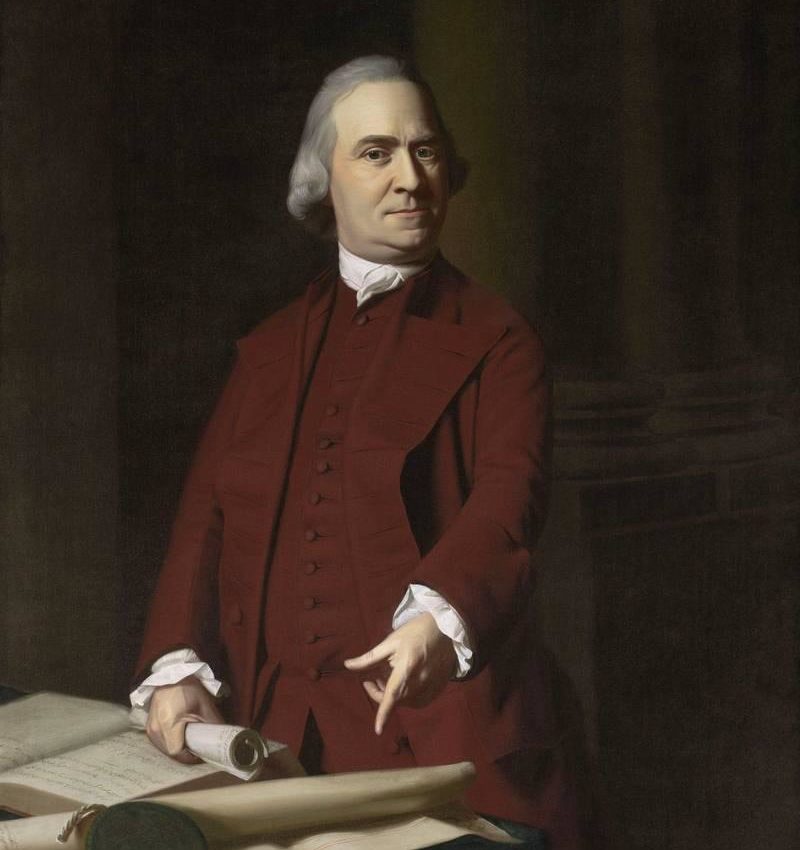
Source: Wikipedia
He was brought up in Boston in a religiously and politically active family. There are mixed opinions of Adams among political historians. Some have sung his praise for his contribution to uniting the States.
The Handyman That Became Grandmaster
Like Adams, Paul Revere was also born in Boston. He lived to the ripe age of 83, before passing on in 1818. Revere was known to have tried his hand at many things, including mercantile trading. Revere is also remembered for his midnight ride in 1775 to notify colonial forces of the impending invasion by British forces.
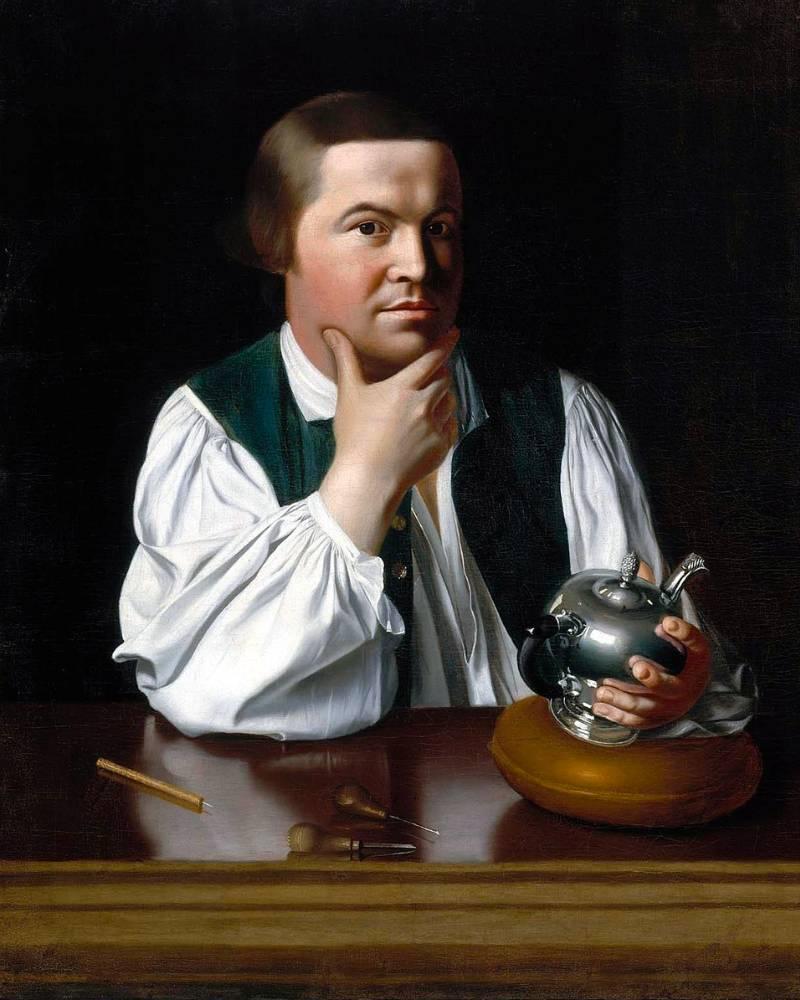
Source: Wikimedia Commons
However, he is remembered primarily as having prospered as a silversmith and engraver. So, Revere is most likely responsible for engraving the silver plate in the time capsule.
Preempting the Trajectory of Democracy in the Future
Colonel William Sculley was the Deputy Grandmaster of the Grand Lodge of Masons of Massachusetts. He and his two other compatriots must have seen the impending challenges democracy would face in America.
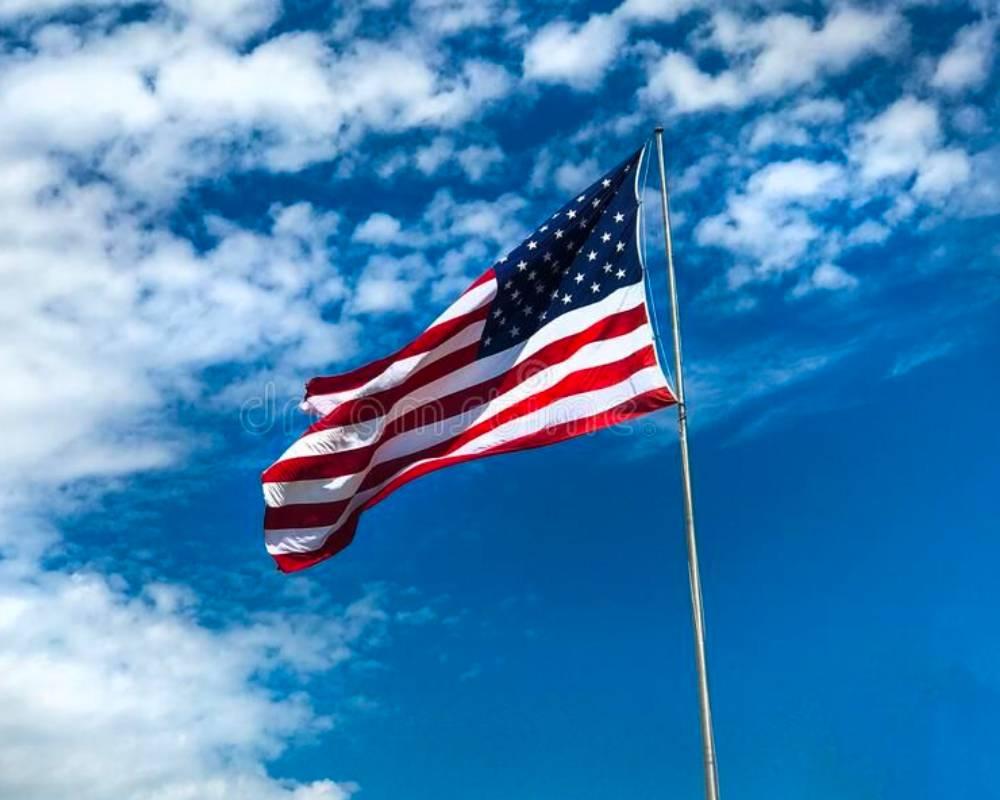
Source: Pinterest
After thoroughly examining the time capsule’s content, Comeau made some deductions. For example, those three men were at the forefront of American politics. Also, they could tell shambolic times were ahead and decided to send a message into the future.
A Call From the Past
Imagine your phone ringing and picking up the call to hear a voice with a strange accent on the other end. You’ll likely feel someone is pulling a prank on you if they said they were calling from the 18th century.
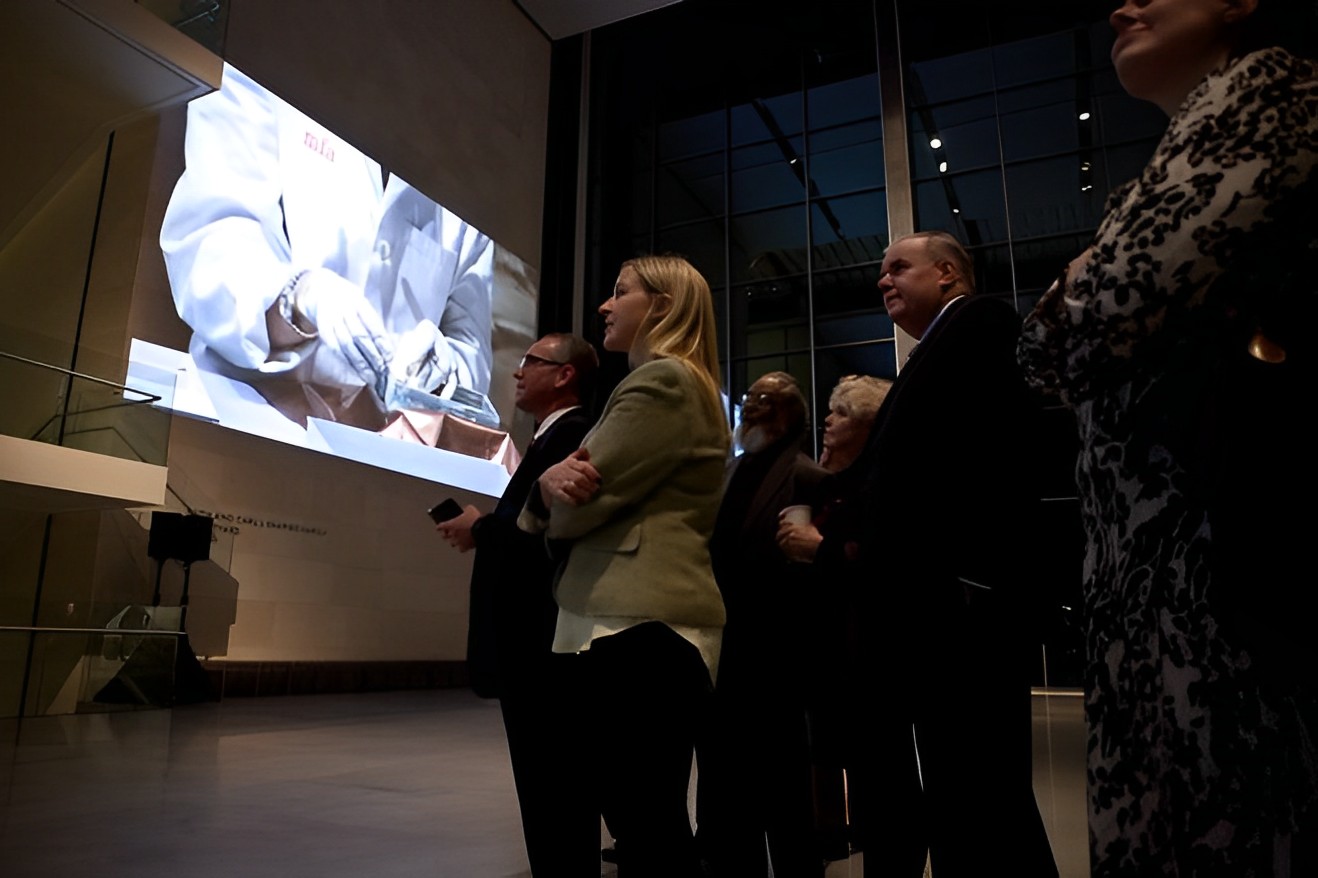
Source: Getty Images
The likes of Hatchfield and Comeau felt a connection with the objects in the time capsule after the unboxing. To think – the coins, newspapers, and silver plate had been handled by Adams, Revere, and Sculley!
Connecting Historical Dots
The occasion of unboxing the items from the time capsule was a historic event. It takes the average American back to the year of emancipation. Also, it helps to relate and connect with the prevailing realities of that time.
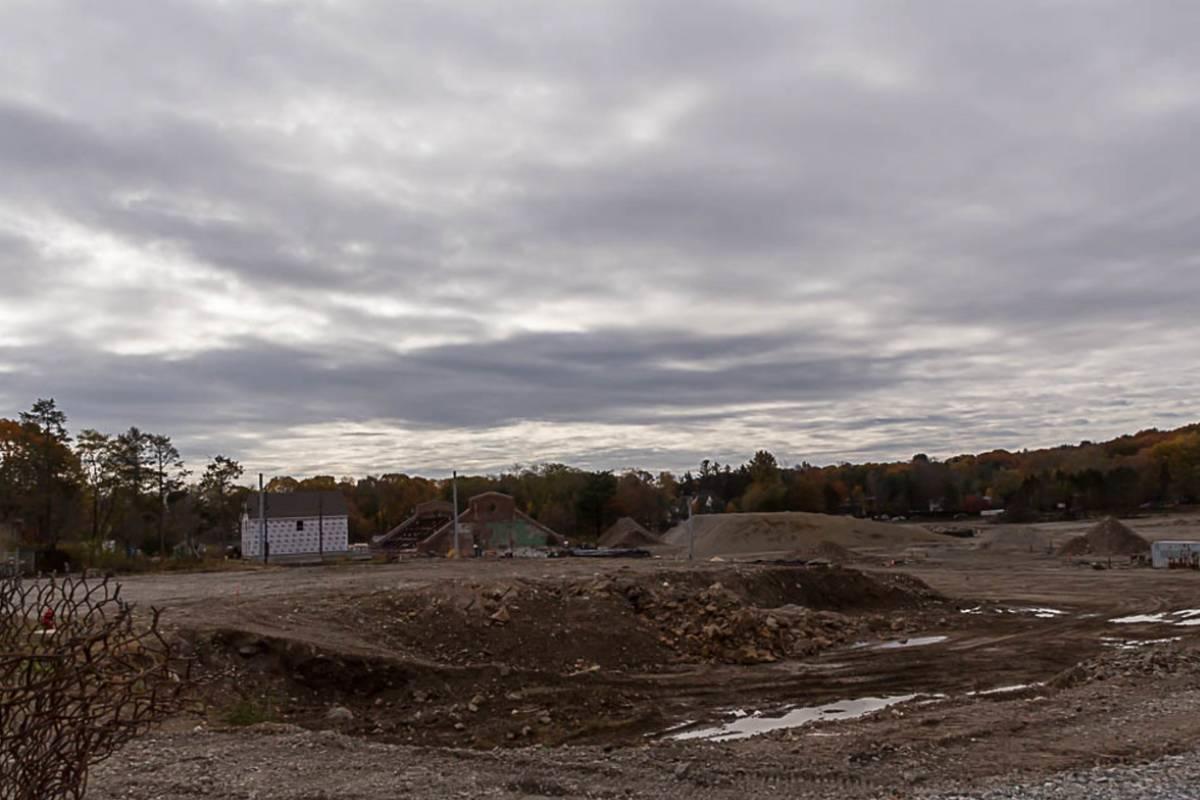
Source: Bill Ilott/Flickr
For example, a copper works company was founded by Paul Revere in 1801. Over the years, the company has been passed down to his descendants. To date, the Revere Copper Company is still in operation.
A Small Box Boasting Great Things
The time capsule is no bigger than a small jewelry box., with dimensions of about 5.5 x 7.5 x 1.5 inches and a collective weight of 10 pounds. If the items are to be pawned for their material value, you may get only a single dollar note.
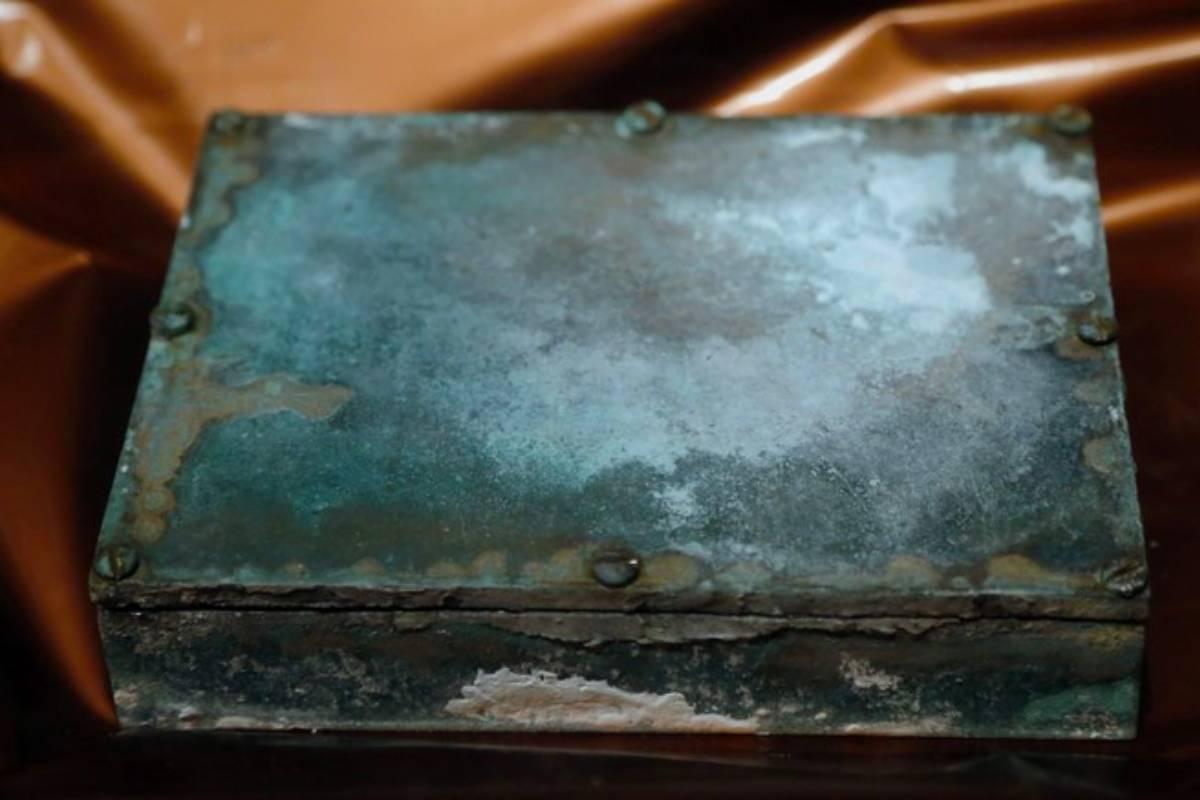
Source: Getty Images
However, the brass box and the items inside are historically symbolic. They are a relic of America’s tumultuous political history.
A Previously Obscure Conservationist Catapults Into the Limelight
Before 2014, Pam Hatchfield was hardly known beyond her circle of art appraisers and conservationists. However, the discovery of the Massachusetts time capsule brought her into the public eye.
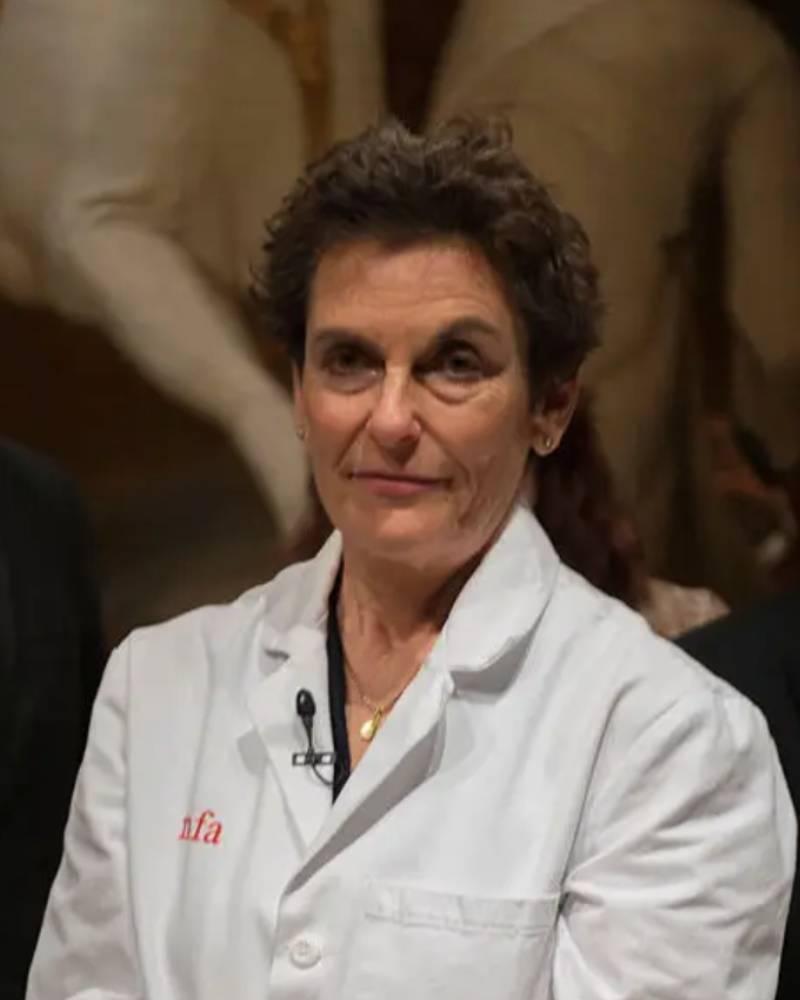
Source: Getty Images
Being the expert who unboxed the time capsule, she has been interviewed by several news channels. Hatchfield has been commended and showered with praises for her efforts in unearthing the vessel.
Stirring Up the Passion that Created the United States
The discovery of the Massachusetts time capsule was heard far and near. Massachusetts Secretary Bill Gavin also had something to say about the significance of the discovery.

Source: Pence Wealth/Twitter
He believes that the time capsule is a good reminder of the rich history of America’s democracy. Gavin proceeded to highlight the contributions of Massachusetts to America’s independence and overall history.
